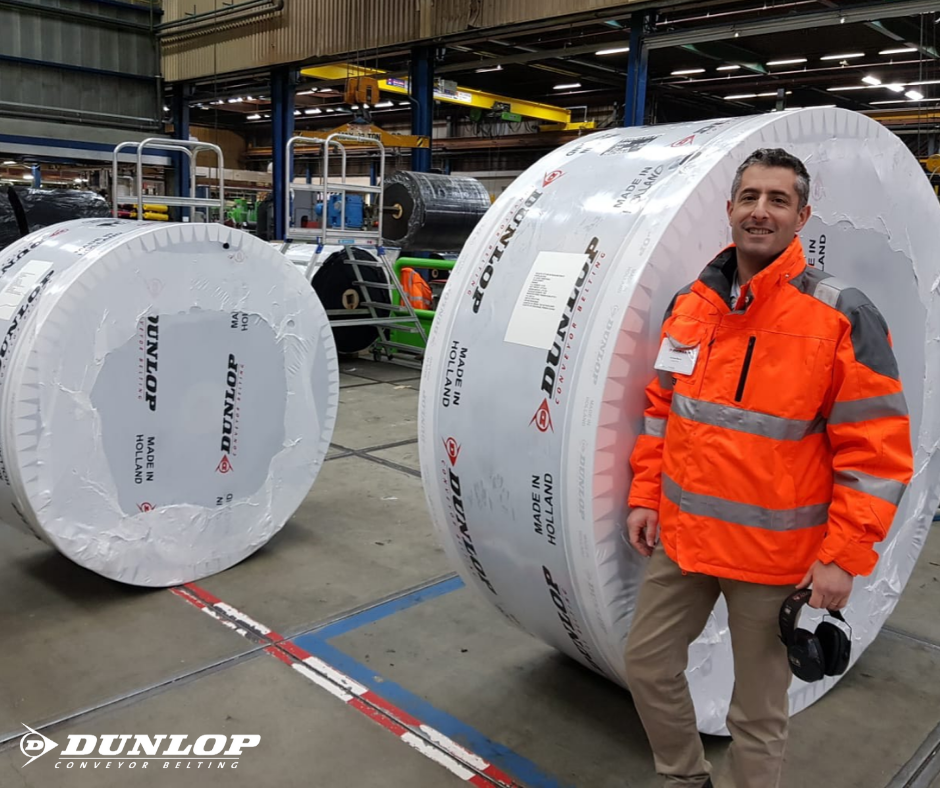Conveyor belting storage
A customer has asked for advice on the correct way to store conveyor belts. This is an important subject that is often neglected. Even large industrial conveyor belts can be damaged if they are not stored or handled correctly. Fortunately, the ‘rules’ are quite straightforward. The first thing to take care of is the actual off-loading of the belt rolls onto your premises. When off-loading rolls or drums of belting, always use skids or a crane. Never allow the roll to be dropped or rolled off the transporter. The same applies when moving the belt to its final location where it will be installed. In terms of the actual storage environment, the ideal place to store conveyor belts is preferably under a covered shelter such as a warehouse because there are a number of factors, as detailed below, that can have a detrimental effect on the belting. However, it is appreciated that covered storage is not always possible or certainly available only on a limited basis.
Position: Unless damaged in transit, the belt should be stored in the manufacturer`s packing in an upright position until required for use.
Storage temperatures: The ideal ambient storage temperature falls within the range of 10-20º C. Prolonged exposure to temperatures below 0º C (freezing point) or in excess of 30º C should be avoided.
Exposure to ozone & ultraviolet light: It is strongly recommended that the belt is kept covered as much as possible. Retaining original packaging materials such as wooden drums, hessian and cardboard is a good idea because they provide some protection against external influences. Storage in motor-control rooms, welding shops, and other places where ozone is generated should be avoided.
Humidity: Belts should not be stored in excessively wet, humid environments.
Contamination: Avoid storing belts in areas that contain oils, gasoline, solvents, paint materials, acids or corrosive liquids.

